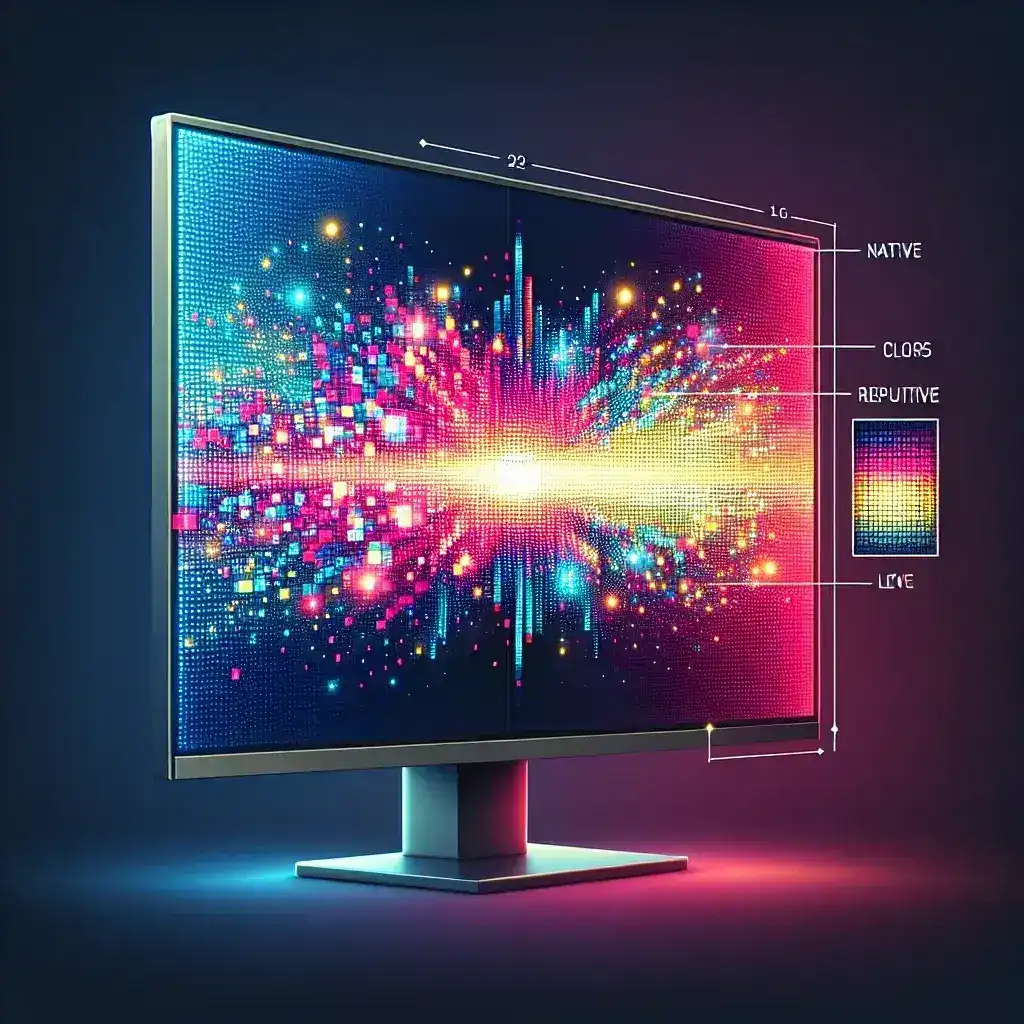Understanding Native Resolution in LED Monitors
The concept of native resolution refers to the specific resolution at which an LED monitor performs best. Native resolution is determined by the physical pixel grid on the display panel. Understanding the native resolution of an LED monitor can help users achieve optimal display quality and clarify the technical specifications that influence performance.
What is Native Resolution?
Native resolution is the fixed number of pixels an LED monitor can display without the need to interpolate or scale the image. This means that the highest possible detail and clarity can be achieved when the screen operates at its native resolution.
Common Native Resolutions
| Resolution | Pixel Count | Aspect Ratio |
|---|---|---|
| 720p (HD) | 1280 x 720 | 16:9 |
| 1080p (Full HD) | 1920 x 1080 | 16:9 |
| 1440p (Quad HD) | 2560 x 1440 | 16:9 |
| 2160p (4K Ultra HD) | 3840 x 2160 | 16:9 |
Each of these resolutions plays a significant role in determining the performance and application of the monitor in different usage scenarios.
Why Native Resolution Matters
Utilizing a monitor’s native resolution ensures that images and text are displayed crisply and without distortion. Running an LED monitor at its native resolution prevents issues like blurriness and pixelation, enhancing the overall user experience.
Benefits of Using Native Resolution
- Clarity: Achieves sharper images and text.
- Color Accuracy: Ensures the colors are rendered correctly.
- Reduced Eye Strain: Comfortable viewing over long periods.
- Performance: Optimal on-screen performance without lag.
Adjusting to Native Resolution
Most modern operating systems allow users to set their display settings to match the monitor’s native resolution. Adjustments can typically be made from the Display Settings menu in both Windows and macOS environments.
Steps to Change Display Resolution
- Open Display Settings.
- Select the monitor you want to adjust.
- Choose the native resolution from the dropdown list.
- Apply the changes.
Impact on Different Applications
Different use cases require different resolutions to achieve the best results. For example, graphic designers need high resolutions like 1440p or 2160p for detailed work, while general office tasks might suffice with 1080p. Gamers often prefer higher resolutions combined with high refresh rates for smoother performance.
Resolution Requirements by Application
| Application | Recommended Resolution |
|---|---|
| Graphic Design | 1440p and above |
| Office Work | 1080p |
| Gaming | 1440p (with high refresh rate) |
| Video Editing | 2160p |
Conclusion
Understanding and utilizing the native resolution of an LED monitor is key to leveraging its full potential. Whether for professional use, gaming, or casual browsing, setting the display to its native resolution ensures the best visual experience and hardware performance.

